Working with your team
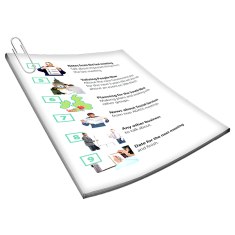
This information is about working with your team to support your mental health.
It has information about
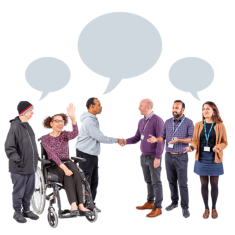
- Working with your team

- How working together with your team can help you have good mental health
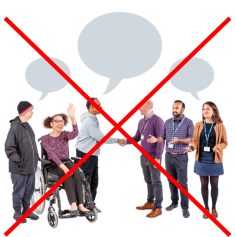
- When teams do not work well together

- How you and your team can work together to support your mental health
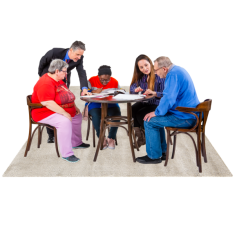
- How working together can help in other ways

You should be included in your mental health care.
Mental health is about
- How you think
- How you feel

You might have a mental health team.
A mental health team is a group of people who support your mental health care.
This might include people you trust.
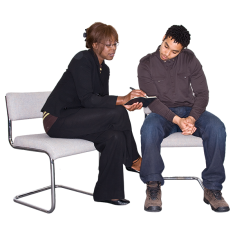
There are many people you might trust.
For more information about who you might trust go to https://www.idmhconnect.health/ someone-trust

People who support you should listen to your thoughts and wants about your mental health care.
You should be included in discussions about your mental health.
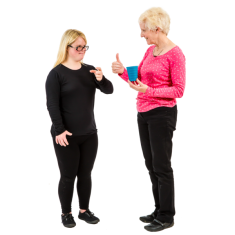
You can communicate with your team about how they can work together to help you best.
To communicate is how you understand and share your feelings or information.

Your mental health team might work together to support your mental health.

Below are some examples of what working together might mean for your team.
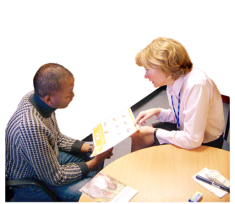
Your team might
- Discuss what would help you best
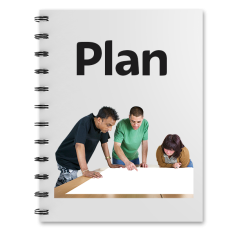
- Make a care plan together to support you to have good mental health
A care plan is a list of things you can do to help you get better.
A care plan is sometimes called a treatment plan.

Your team might also
- Share information about you with other health workers to help you
If it is OK with you.

- Meet with you to see how you are going
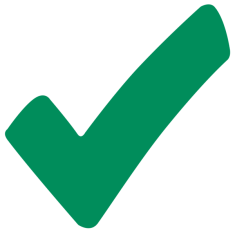
Good reasons for your team to work together

Everyone has a different role to support you to reach your goals.
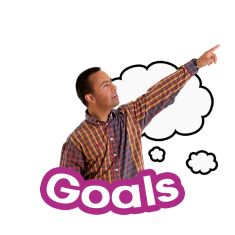
A goal is something you want and take steps to reach.

Each person can share their ideas about what would help you to have good mental health.

Working together means you do not have to communicate the same information many times.
This can make your care plan clearer.

Some people with intellectual disability communicate with us that their teams do not work well together.
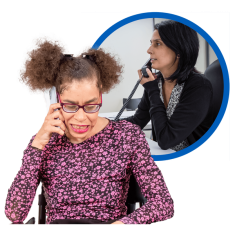
When your team does not work together well you might have to repeat the same information.

You might also have mental health care plans that are
- Hard to understand
or
- Have different information

When your team does not work together well you might have trouble getting the best support for your mental health.

Below are some ideas for how you and your team can work together to best support you.

You can let your mental health team know you would like them to work together more.
Below are some examples of what you can ask your team to let them know.

Share information about your health
You could ask your team to share information about your health.

This means you do not have to keep giving this information to new mental health workers.
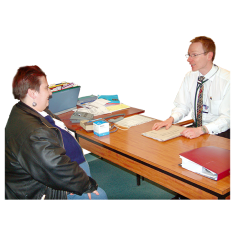
Mental health workers are people who work to help you with your mental health.

Mental health workers will only share information if you or your guardian say it is OK.
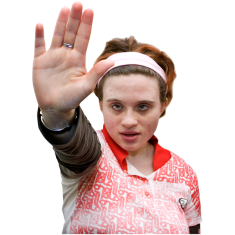
It is OK if you do not want them to share some information.

Your mental health workers can also share information with your disability workers.

They can share information about how disability workers can help you practise skills that you learn in therapy.
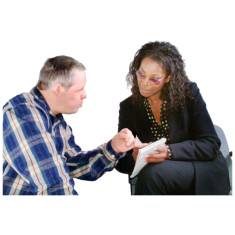
Therapies are activities your mental health workers use to support your mental health.

Your mental health team can also share information about what activities could support your mental health.

Do assessments and manage your care together
You could ask your team to do assessments and manage your care together.

An assessment is when a mental health or disability worker asks you questions about you and your health.
They use this information to work out the best way to help you.

Your team can also work together to manage your care.

This can involve someone you trust to support your treatments.
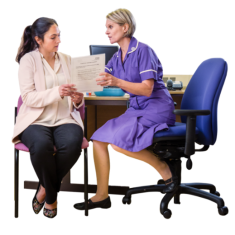
Treatments are things that can help you feel better.
Treatments can be therapies and medicine.

Medicine is sometimes called medication or drugs.
Medicine can be in
- A tablet
- A pill
- A drink
- An injection

Your team can discuss
- How you are going with your treatment
- Whether they need to make any changes

Discuss your mental health care more often with you and each other
You could ask your team to discuss your mental health care more often.
This will make sure everyone in your team is up to date.

Your mental health team could email information to
- Your GP
- Other members of your team
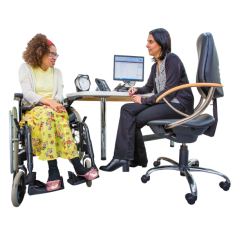
A GP is the doctor that you see when
- You are sick
- Need a health check

Your mental health team could arrange regular meetings.
The team could meet in person.
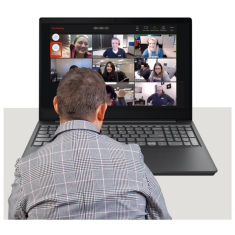
They could meet via teleconferencing.
Teleconferencing allows you to see and communicate with people online.

You can use programs like Zoom to teleconference.
You may also hear people call this telehealth.

The team could also meet on the phone.

Different members of your team might be involved in different meetings.

During these meetings you can say
- If you are happy with your care
- If you would like changes with your care

During the meetings your team can also let you and each other know how they are supporting you.
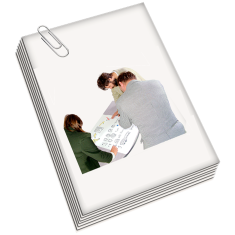
They can also plan your mental health care.
If something is not working a new plan can be made.

Your mental health workers could
- Note down what happened at your appointment
- Email these notes to your team
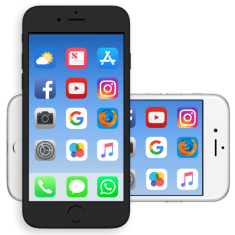
You can ask your team about digital tools or an app to keep in contact.
Digital tools or apps are things that can make contact easier.

Discuss with your team which apps can make sure your information is kept private.
Privacy means other people cannot see or hear things about you that you do not want them to know.

If you have a NDIS plan it is important to check if any extra meetings between your team members will come out of your NDIS budget.
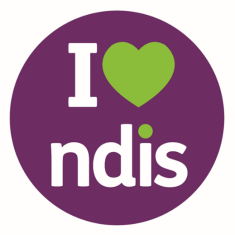
NDIS is short for National Disability Insurance Scheme.
Your NDIS plan says what supports you need.

Have one care plan
Ask if your team could make a care plan together so all the information is
- Clear
- In one place

If you cannot have one care plan you can ask your team to look at each plan.
Looking at each plan can make sure that your team know how you are being supported.

Below are some examples of how working together with your team can also help in other ways.

More support at home with your care plan
Ask if someone you trust could come to an appointment with your mental health worker.

Mental health workers can work with the person you trust.

This means the person you trust can
- Know about your care plan

- Support you to use the skills you learn

- Support you to take your medicine

- Help you with any questions you might have about your treatment

There is also a sheet you can use to help plan how your team will work together.
You can look at the Working together sheet with someone you trust if you want.
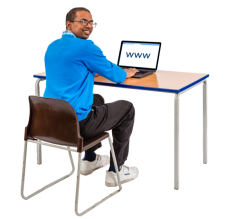
You can download the Working together planning sheet here https://idmhconnect.health/working-together-your-mental-health-team

You can then work through the sheet with your GP and mental health workers.

Making sure you have support in hospital and after you go home
If you have to go to hospital for your mental health someone you trust can visit you in hospital if you like.

They can be involved in discussions about your mental health care.

If you feel you need more support or have concerns you can communicate with
- Your doctor
- Nurses
- Patient Liaison Officer

A Patient Liaison officer works in a hospital.
A Patient Liaison Officer can
- Answer your questions
- Help you with any concerns you have about your stay in hospital
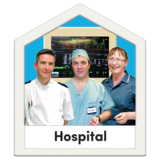
Before you leave hospital if you want you can ask the mental health workers at the hospital to

- Speak to people who will support you when you go home
- Keep in contact with you about your care when you go home

For more information about leaving hospital visit Moving on from services https://www.idmhconnect.health/moving-services/ER

You can also use this discharge planning checklist to help you when you leave hospital https://idmhconnect.health/my-easy-read-discharge-plan
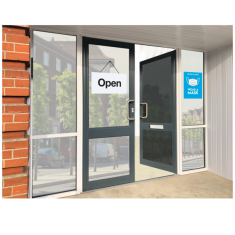
Making sure you have support when moving to a new mental health service or worker
Below are examples of what you might ask your current mental health worker if you are moving to a new service.

Can you communicate with my new mental health worker?

Can I meet with you and my new mental health worker together?

Can I keep in contact with you when I start with my new mental health worker?

Can you share information about my mental health with my new mental health worker?
People can only share information if you say this is OK.

For more information about moving to a new mental health service go to Moving on from services https://www.idmhconnect.health/
moving-services/ER

Help health and disability workers learn more about
-
Intellectual disability
-
How to help you best

You can suggest your team talk to each other about how to provide the best care for you.

Some mental health workers can ask specialist intellectual disability mental health workers about how to help you best.

Specialists are people who know a lot about intellectual disability.

You can let your mental health team know they can find out more in Services for mental health.
For more information about Services for mental health go to https://www.idmhconnect.health/i-am-person-ID/services-mental-health
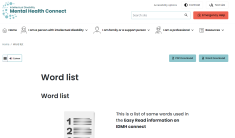
There are some tricky words on this Easy Read page.
For more information about these words go to https://www.idmhconnect.health/word-list